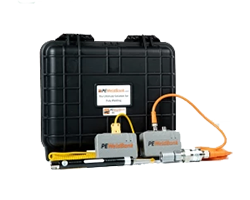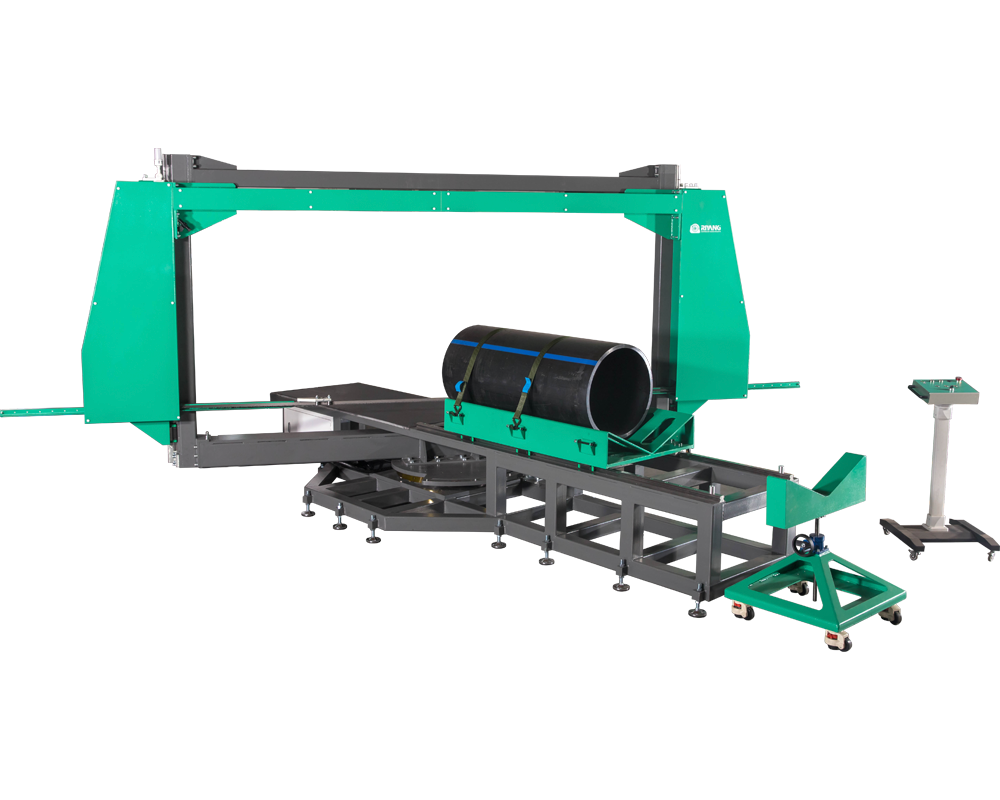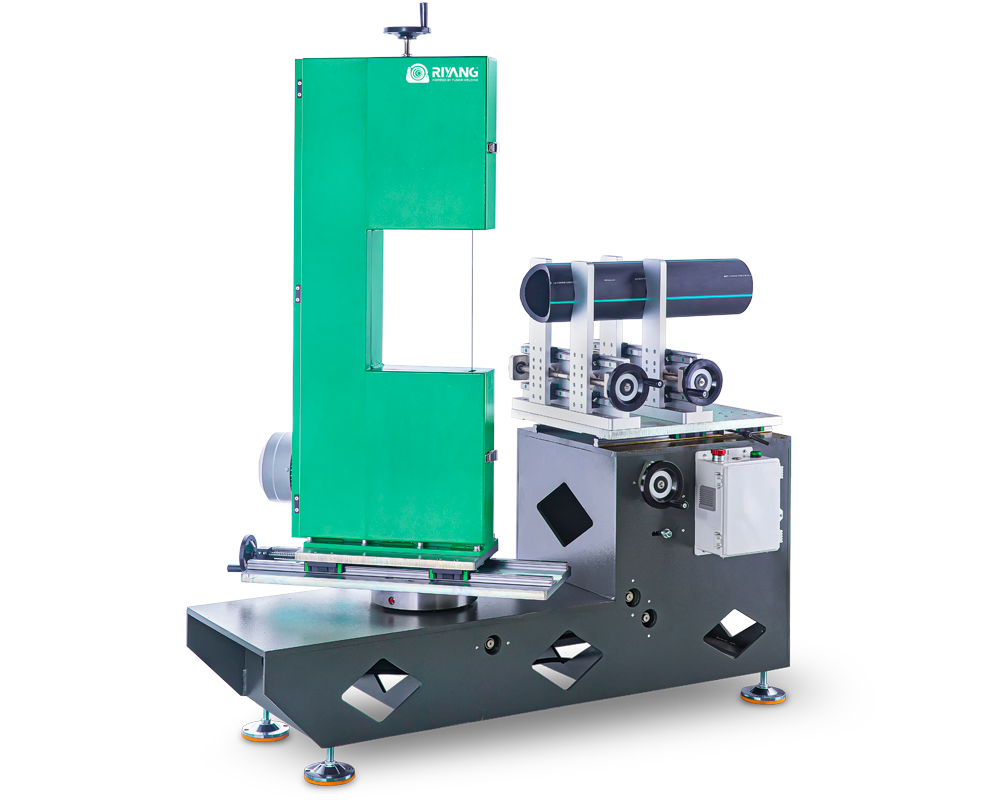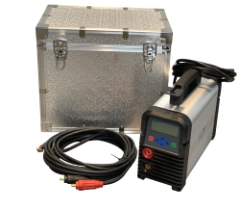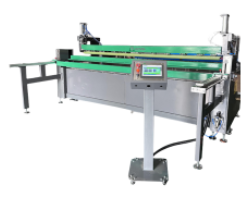Mastering Connections: A Comprehensive Guide to Advanced HDPE Fusing Machines
Mastering Connections: A Comprehensive Guide to Advanced HDPE Fusing Machines
High-Density Polyethylene (HDPE) pipes have revolutionized countless industries, from municipal water supply and gas distribution to agricultural irrigation and telecommunications. Their corrosion resistance, flexibility, and remarkable longevity make them the material of choice for demanding infrastructure projects. However, the true strength and reliability of an HDPE pipeline lie not just in the pipes themselves, but in the integrity of their connections. This is where the advanced HDPE fusing machine plays an indispensable role, creating seamless, leak-proof joints that are often stronger than the pipe itself.
What is an HDPE Fusing Machine?
An HDPE fusing machine is specialized equipment designed to permanently join two pieces of HDPE pipe or fittings through a controlled thermal process. The most common and robust method is butt fusion, which involves heating the ends of two pipes until they reach a molten state and then pressing them together under precise force to create a monolithic, homogeneous joint. These machines are engineered for precision, ensuring the molecular bonding of the polyethylene for maximum strength and durability.
The Core Principle: HDPE Butt Fusion
The butt fusion process begins with securely clamping and aligning the two pipe ends in the machine. A heated plate, typically Teflon-coated, is then inserted between the prepared pipe ends. This plate heats the pipe surfaces to a specific temperature, usually between 400°F and 450°F (204°C and 232°C), causing them to melt and form a molten bead.
Once the optimal melt is achieved, the heating plate is swiftly removed, and the molten pipe ends are brought together with a pre-determined, controlled force. This pressure is maintained for a specific cooling period, allowing the molten polyethylene to fuse and solidify into a single, continuous pipe section. The resulting joint is incredibly strong, capable of withstanding significant internal pressure and external stresses, often surpassing the strength of the original pipe.
Key Components of an Advanced HDPE Fusing Machine
Modern HDPE fusing machines are marvels of engineering, integrating several critical components to ensure precision and reliability:
- Machine Body and Clamps: The robust frame houses the pipe clamps, which securely hold and align the pipes during the fusion process. Advanced clamping systems ensure perfect axial alignment, crucial for a quality weld.
- Heating Plate (Heater): This component is responsible for heating the pipe ends uniformly. High-quality heating plates feature non-stick PTFE (Teflon) coatings and precise digital temperature control to maintain the ideal fusion temperature range.
- Facer (Milling Cutter/Trimmer): Before heating, rotating blades of the facer precisely machine the pipe ends, ensuring they are clean, planar, and perfectly parallel. This prepares the surface for optimal heat transfer and fusion.
- Hydraulic Unit: The hydraulic system applies and maintains the precise pressure required during the heating, fusion, and cooling phases. Advanced units offer fine control over pressure, vital for consistent joint quality.
- Control Panel/Data Logger: The brain of the machine, typically an intuitive digital interface or PLC touch screen, allows operators to set parameters, monitor the fusion cycle, and, in advanced models, log crucial data for quality assurance and compliance.

Types of HDPE Fusing Machines: Beyond Butt Fusion
While butt fusion remains the most prevalent method, especially for larger diameter pipes, it's important to recognize other HDPE fusion techniques and machine types tailored for specific applications:
- Manual Butt Fusion Machines: These are generally more cost-effective and suitable for smaller diameter pipes or projects with limited pipe lengths, relying on manual force application.
- Hydraulic Butt Fusion Machines: Offering greater control and power, these are ideal for medium to large diameter pipes, utilizing hydraulic pressure for the fusion cycle.
- Automatic/CNC Butt Fusion Machines: Representing the pinnacle of efficiency and precision, these machines automate most of the fusion process, minimizing human error and providing consistent welds, often with integrated data logging and remote capabilities.
- Electrofusion Machines: Used for fittings or in tight spaces where butt fusion is impractical, electrofusion uses specialized fittings with embedded heating coils that melt and fuse the pipes when an electric current is applied.
- Socket Fusion Machines: Primarily for smaller pipes, this method involves heating the outer surface of one pipe end and the inner surface of a fitting socket simultaneously before joining.
- Saddle Fusion Machines: Used to connect a branch or tap to an existing main pipe, involving heating a specialized saddle fitting and the pipe surface.
Advanced Features for Superior Performance
Modern HDPE fusing machines boast a range of advanced features that elevate their performance and usability:
- Automated Control Systems: From semi-automatic operation to fully CNC-controlled processes, automation significantly reduces operator intervention, ensuring repeatable and high-quality welds.
- Data Logging and Quality Control: Many advanced machines integrate data loggers (e.g., McElroy DataLogger® 7) that record every parameter of the fusion process, from temperature and pressure to cycle times. This data is critical for quality assurance, troubleshooting, and compliance with industry standards.
- Precision Temperature and Pressure Adjustments: Microprocessor-controlled systems ensure consistent heating and precise application of force, crucial for optimal molecular bonding.
- Portability and All-Terrain Design: Machines are increasingly designed for rugged job sites, with features like emissions-compliant engines and enhanced mobility for remote or challenging environments.
- User-Friendly Interfaces: Intuitive touch screens and intelligent matching capabilities simplify operation and reduce training time, making these sophisticated machines accessible.
- Safety Features: Automated processes and remote control options minimize physical interaction with hot elements or moving parts, enhancing operator safety.
Benefits of Using Modern HDPE Fusing Machines
The adoption of advanced HDPE fusing machines offers compelling advantages for pipeline projects:
- Unmatched Joint Strength and Durability: Fused joints are homogeneous, eliminating weak points and often being stronger than the pipe itself, leading to systems with a service life of 50 years or more.
- Leak-Proof Connections: The seamless nature of a properly fused joint completely eliminates leaks, crucial for gas, water, and hazardous material conveyance.
- Increased Efficiency and Productivity: Automated features and faster cycle times significantly speed up installation, reducing project timelines and labor costs.
- Enhanced Quality Control: Data logging and precise parameter control ensure consistent, high-quality welds every time, minimizing rework and failures.
- Reduced Maintenance: Once installed, HDPE fusion joints require minimal to no maintenance, leading to significant long-term cost savings.
- Environmental Benefits: Eliminating leaks prevents contamination, and HDPE's durability reduces the need for frequent replacements, contributing to sustainability.
Applications Across Industries
HDPE fusing machines are indispensable across a wide spectrum of industries due to the material's properties and the reliability of fused joints:
- Water and Wastewater Management: Essential for municipal water supply lines, sewer systems, and irrigation networks due to corrosion resistance and leak-proof nature.
- Gas Distribution: Critical for creating secure, leak-tight joints in natural gas and other fuel lines, ensuring safety and efficiency.
- Mining and Industrial Applications: Used for slurry transportation, dewatering, and general process piping in harsh environments.
- Telecommunications: For protecting sensitive fiber optic cables and electrical conduits.
- Agricultural Irrigation: Facilitating efficient water distribution systems in farming.
Ensuring Quality and Compliance
To ensure the highest quality and comply with industry standards, several factors are paramount:
- Adherence to Standards: Fusion procedures should rigorously follow international standards like ASTM F2620, ASTM F3190, and ISO 12176-1, which dictate parameters like heating temperature, soak time, and pressure.
- Operator Training and Certification: Proficient and certified operators are crucial. Training programs, often conforming to ASTM F3190, ensure personnel understand machine operation, safety protocols, and proper fusion techniques.
- Regular Equipment Maintenance and Calibration: Machines must be regularly inspected and calibrated to ensure their components, especially the heating plate and hydraulic system, function within specified tolerances.
- Visual Inspection: Post-fusion, the bead formed on the pipe's exterior should be visually inspected for consistency and uniformity, indicating a good weld.
| Feature | Manual Machines | Hydraulic Machines | Automatic/CNC Machines |
|---|---|---|---|
| Control Level | Basic, manual force | Controlled pressure | Fully automated, pre-programmed |
| Data Logging | No | Limited/External | Yes, integrated |
| Operator Skill | High | Medium | Medium (for setup/monitoring) |
| Cost | Low | Medium | High |
| Ideal Project | Small diameter, low-volume | Medium to large diameter | Large scale, critical infrastructure |
Choosing the Right HDPE Fusing Machine
Selecting the appropriate HDPE fusing machine requires careful consideration of project-specific needs:
- Pipe Diameter and Material: Match the machine's capacity to the range of pipe sizes and types (PE, PP, PVDF) you will be joining. Butt fusion is best for large diameters, while electrofusion suits smaller, intricate connections.
- Project Scale and Scope: For large-scale projects, automated machines offer efficiency and consistency. Smaller jobs might benefit from simpler, more portable manual or hydraulic units.
- Job Site Environment: Consider factors like power availability, terrain, and weather conditions. Some machines are designed for rugged, remote use.
- Budget: Machine costs vary significantly based on size, features, and automation levels. Evaluate the long-term return on investment, considering efficiency gains and reduced rework.
- Compliance and Quality Requirements: For critical infrastructure, prioritize machines with advanced data logging and robust quality control features to meet stringent regulatory demands.
The Future of HDPE Fusing Technology
The landscape of HDPE fusing technology is continually evolving. Future advancements will likely focus on increased automation, more sophisticated data analytics for predictive maintenance and quality assurance, enhanced portability with self-contained power sources, and integration with broader smart construction technologies. The goal remains the same: to produce even stronger, more reliable, and more cost-effective HDPE pipe connections that meet the growing demands of global infrastructure.
Conclusion:
HDPE fusing machines are more than just tools; they are essential instruments for building resilient, sustainable, and high-performing pipeline infrastructure. By understanding the principles of fusion, the capabilities of advanced machinery, and the importance of quality assurance, engineers and contractors can ensure their projects benefit from the full potential of HDPE. Investing in the right technology and prioritizing stringent operational practices are key to delivering the leak-proof, long-lasting connections that modern society relies upon.




